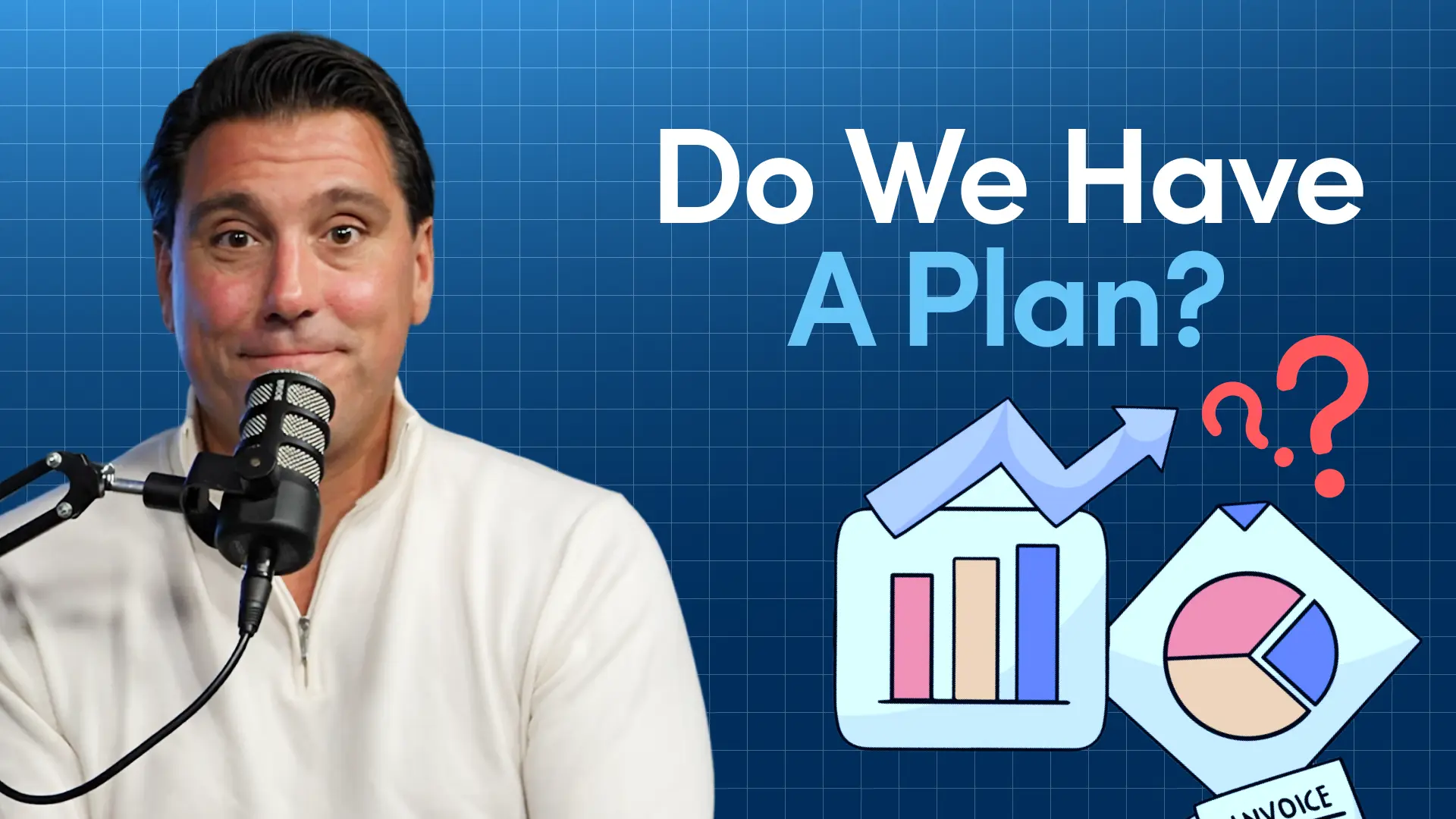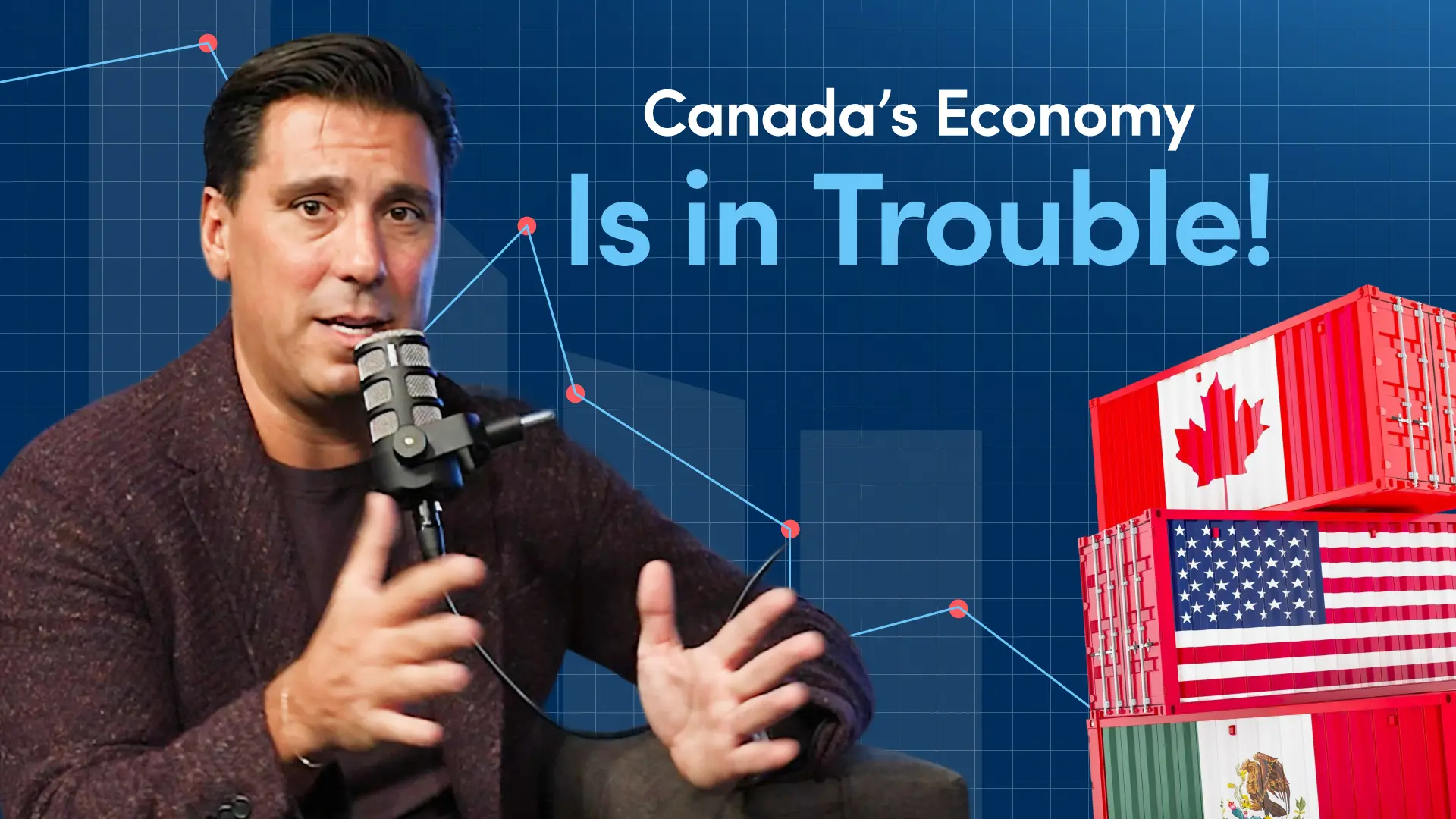Welcome to the latest episode of Make Money Count! The Bank of Canada just shaved 25 basis points off the prime rate, bringing it down to 4.45%. The U.S. Federal Reserve did the same. Sounds like good news, right? Lower rates usually mean cheaper mortgages, easier borrowing, and a happier economy.
But as Marcus Tzaferis breaks down in this week’s Make Money Count podcast, not so fast. This cut might feel good, but it’s mostly smoke and mirrors.
A Rate Cut That Doesn’t Really Do Much
If you own real estate, Marcus says it straight:
“It means nothing. Your property value isn’t suddenly going up, and the economy isn’t suddenly getting better.”
Sure, your variable mortgage rate might dip a little — but that’s about it. These small cuts don’t fix deeper issues.
In fact, they might just push more people to borrow now, which can cause bigger problems later. Past studies show it takes 18–24 months for rate changes actually to affect the economy. So this “help” won’t kick in anytime soon.
Inflation Is Back at the Party
Here’s the real twist: while rates are dropping, inflation is quietly sneaking back in. The Bank of Canada admits inflation is running hotter than they’d like, but still decided to lower rates. The message? “We’re cutting rates, but also, it won’t fix much.” Confused? So is everyone else. Even Marcus called their statement “a hodgepodge of words.” Basically, the Bank knows it’s not solving the problem — it’s just buying time.
When a ‘10-Year Plan’ Means Trouble
Recently, both Tiff Macklem and Mark Carney hinted that it might take ten years for things to improve. Marcus’ take: “When a government says it’ll be better in 10 years, what they really mean is — they don’t have a solution right now.” That’s not exactly comforting. Between trade issues with the U.S., slow growth, and rising costs, Canada’s economy isn’t getting the “quick recovery” headline we all hoped for.
Bond Yields Tell the Real Story
Marcus pulled up the 5-year Government of Canada bond yield chart, which dropped to around 2.5% before jumping up and settling again. What does that mean? The market expects rates to stay low for a long time. Investors don’t see another big hike anytime soon — and that’s a sign that recovery will be slow.
The Better Dwelling Burn
Marcus also gave a shoutout to Better Dwelling, who wrote a brutally funny piece titled: “Bank of Canada Says Lower Rates Won’t Address the Current Economic Issues… and Cuts Rates Anyways.” They summed it up perfectly — the Bank of Canada admits that rate cuts won’t solve the problem… but does it anyway. Better Dwelling joked that the Bank’s reasoning “isn’t based on statistics, but more on feelings.”Marcus loved that line: “We imagine inflation also told the Bank of Canada governor he’s smart, handsome, and gosh darn it, people like him.” A little humor — but also, a lot of truth.
So, What Now?
Here’s the bottom line:
- Rates might stay low for a while.
- It’s not because the economy is strong — it’s because it’s fragile.
- More cuts could mean bigger trouble ahead.
Marcus says it best:
“There’s no big economic rescue coming. We’re just going to drift like this for a while.”
If inflation heats up again, the Bank of Canada won’t have many tools left — they can’t hike rates without hurting the economy, and they can’t keep cutting forever. This rate cut might sound like good news, but it’s mostly psychological. The deeper economic challenges — from trade to productivity — won’t be fixed by shaving off 25 basis points.
So, take the news with a grain of salt. The path ahead looks slow, steady, and uncertain.
Let’s just hope inflation doesn’t decide to make things worse.












